Each year, thousands of dead bodies are added to the growing list of unidentified human remains in America.
Sometimes the deceased will match a description on a missing persons list. Others remain nameless. Estimates in local newspapers and obsessively updated murder blogs put the total number somewhere around 40,000, but no figure is reliably accurate.
Unidentified. Found partially decomposed on 6 May 1999, in Chastain Park, Atlanta, Georgia. He had a plastic bag over his head and was loosely bound to a tree.
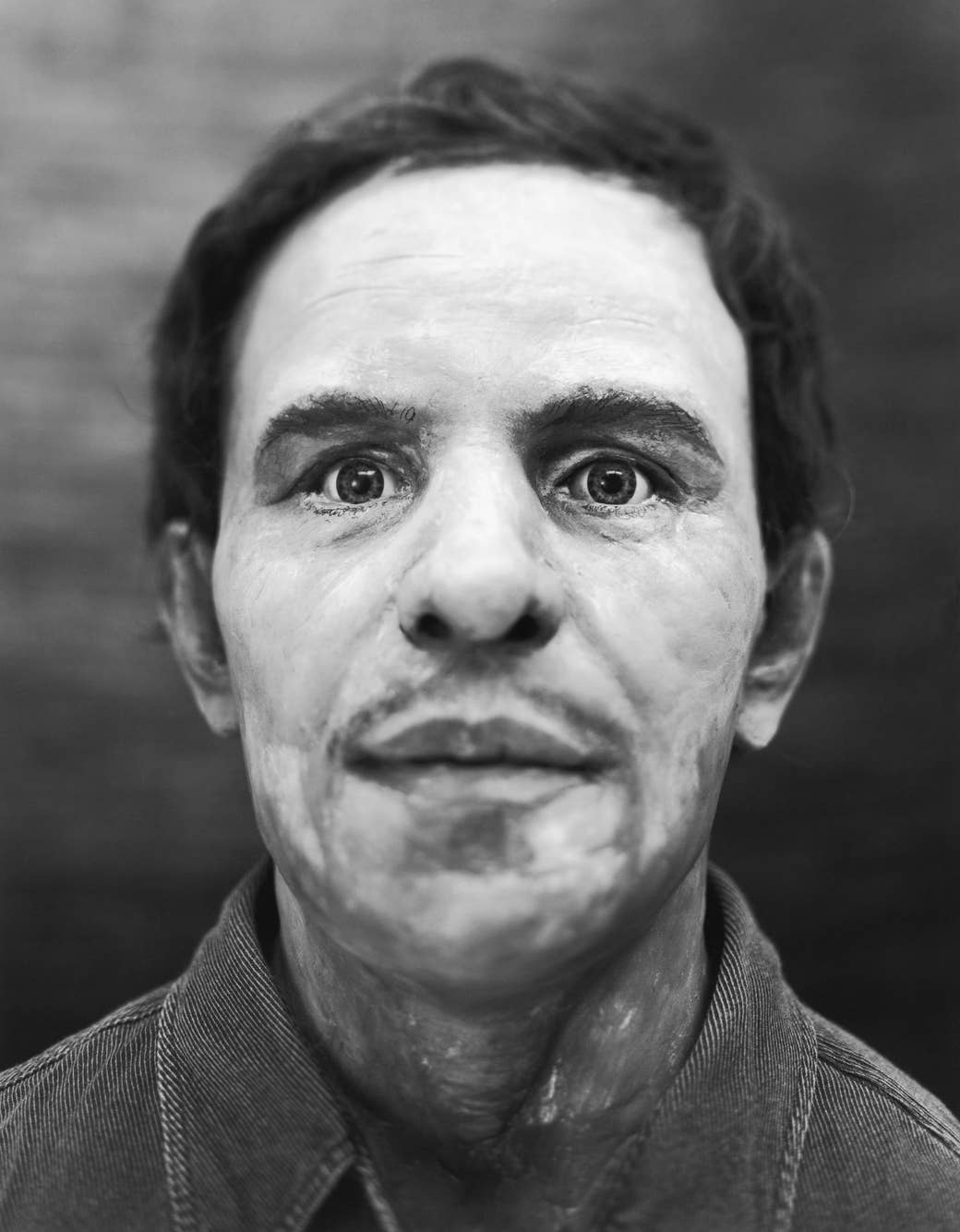
When a body is found and the facial features have been obliterated by trauma prior to death or by postmortem decomposition, law enforcement agencies employ a forensic artist to build a face.
Using fibreglass, clay, and intuition, the artist will work on a cast or directly on to the skull of the victim, creating what they believe is a likeness of the unidentified subject.
Unidentified. Discovered in a field on 26 April 1991, in Vacaville, California. She had been either suffocated or strangled and was found two to four weeks later.
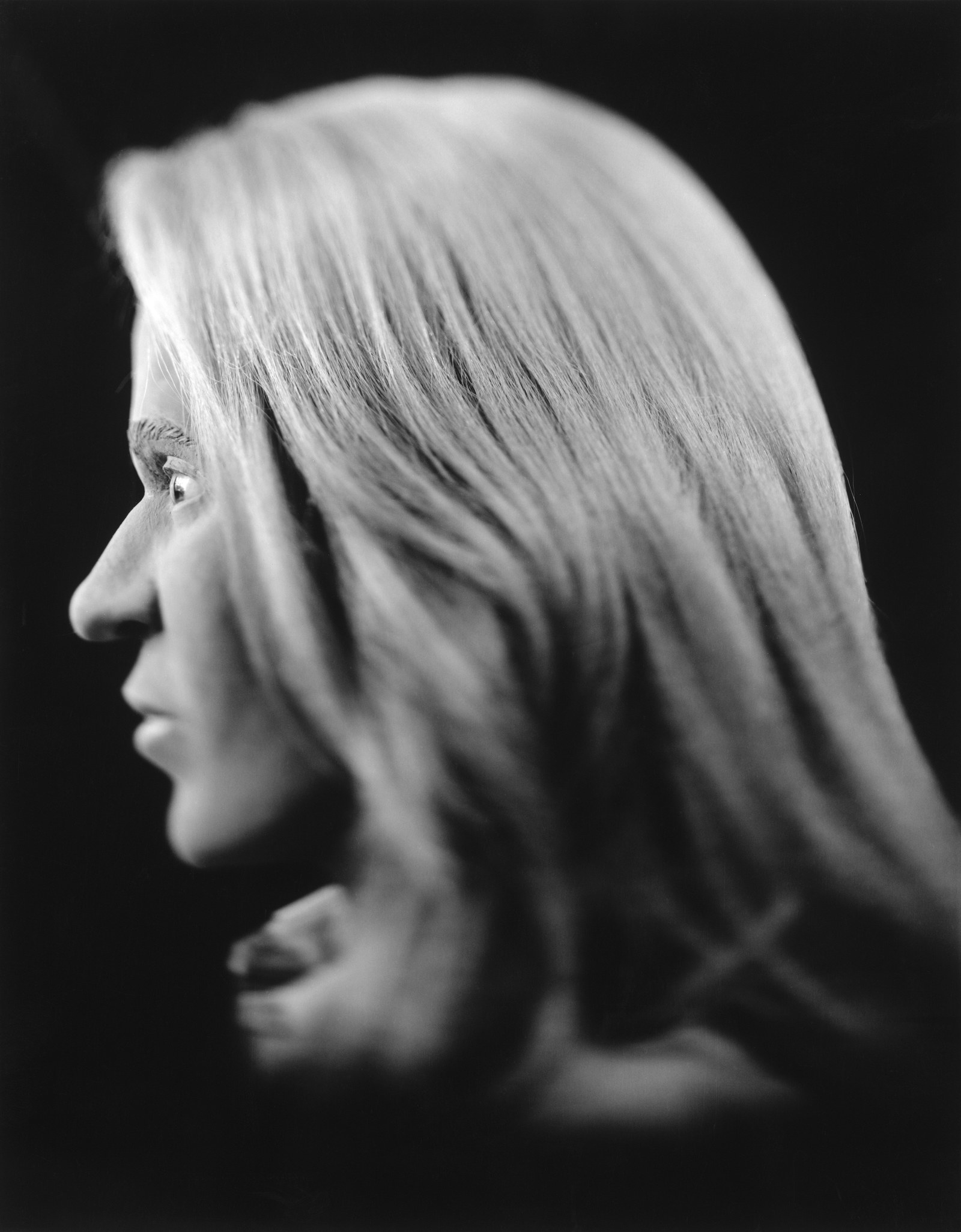
The reconstruction is then photographed, the pictures are circulated in the hope that an identification will emerge, and sometimes a coroner’s office will get a phone call from someone who recognises their neighbour, their colleague, their daughter.
Sometimes a case will be solved; others remain cold.
Identified: Aliyah Davis. In 1982 she was found in a trunk under a bridge in southwest Philadelphia, seven months after her death. She was 5 years old, beaten to death by her stepfather while her mother watched. Her biological father identified her from this reconstruction.
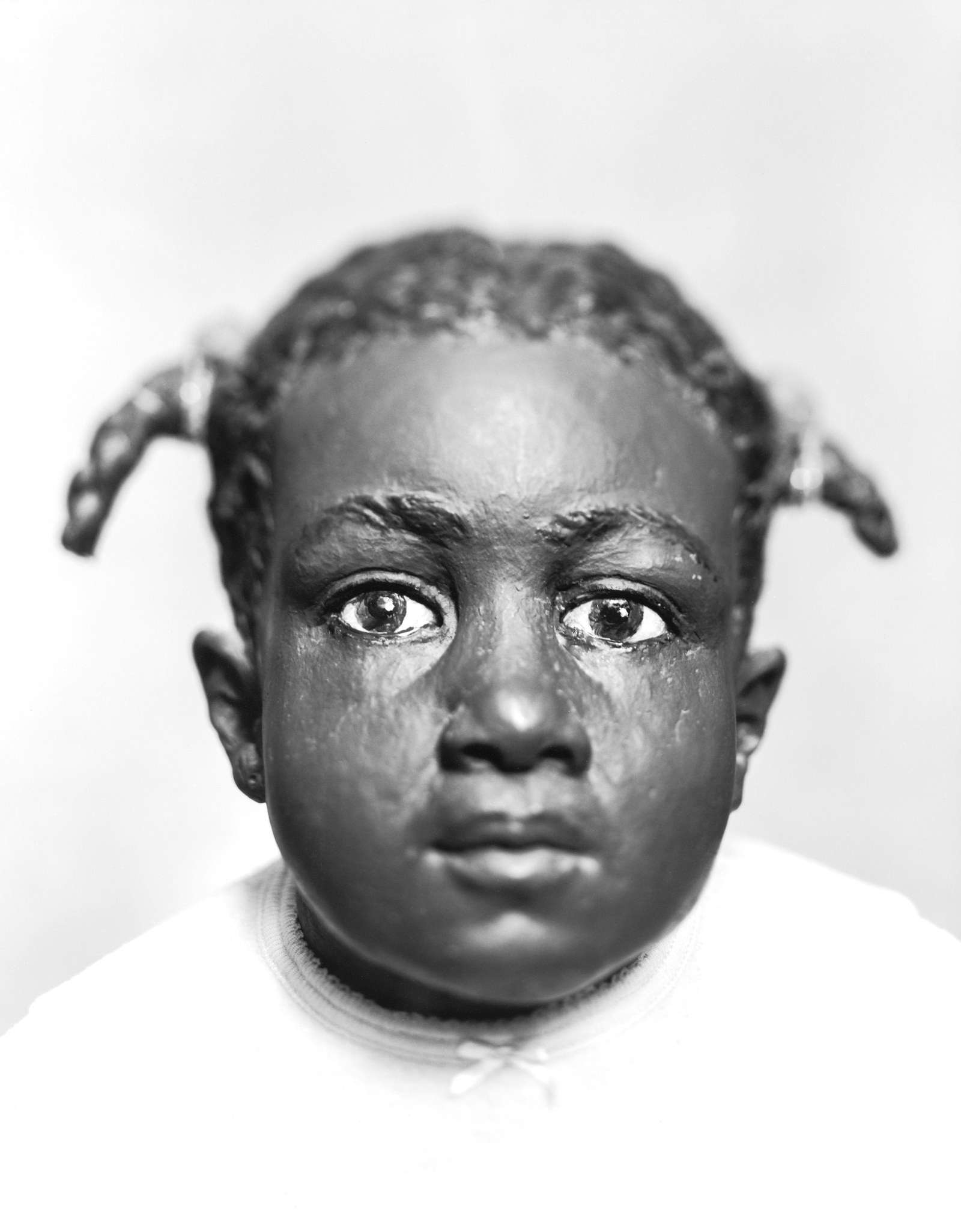
New York photographer Arne Svenson travelled America taking portraits of the clay faces that sit in the cupboards of morgues and sheriff’s departments waiting for a name.
Identified: Yesenia Nungaray. On 1 May 2003, the body of a 16-year-old girl was found in a canvas bag discarded behind a restaurant in Alameda County, California. She had died of asphyxiation after a rag was stuffed down her throat 10 days prior to her discovery. Her mother identified her from the reconstruction. In 2007 a man was charged with her murder but is still at large.
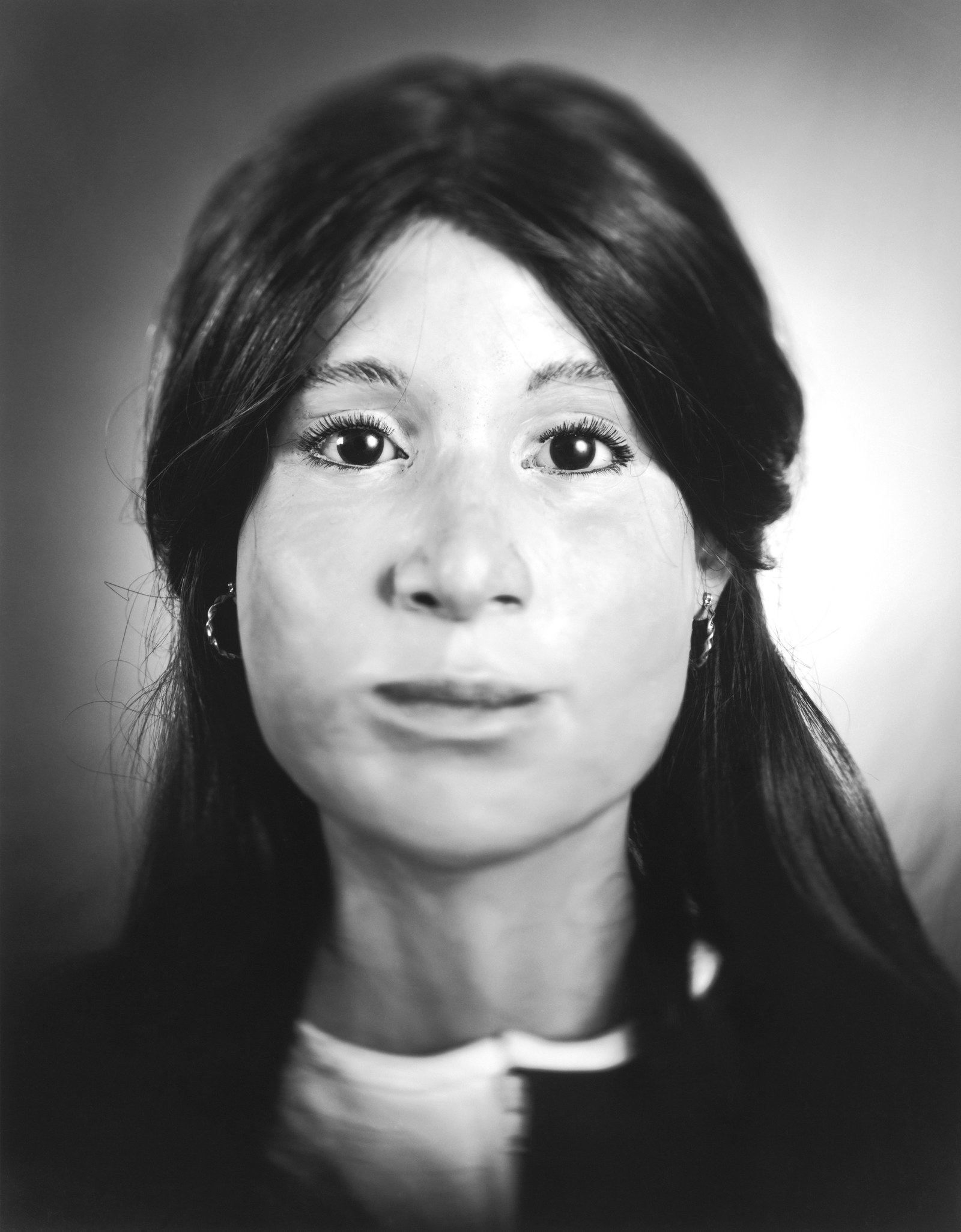
Svenson told BuzzFeed how the project started: “While taking photographs of medical and pathological specimens in the Mütter Museum, a 19th-century medical museum in Philadelphia, I came across a fascinating object: a sculpture of a woman’s head resting on its side on a storage room shelf.
"The sculpture was adorned with 1980s-style eyeglasses and a wavy-haired brown wig — her lips were parted and her heavy-lidded eyes were half-closed behind the glasses. She had the look of the utterly lost and seemed an out-of-place anomaly in this storage room filled with historical medical instruments, apparatuses, and bones. I carried the head to the museum director, who told me that it was a forensic facial reconstruction sculpture.”
Identified: Linda Keyes. Discovered on 9 November 1980, a bleached, nearly intact skeleton in a wooded area near the Pennsylvania Turnpike. Charred personal items were found nearby. Her father recognised her in the local newspaper from this reconstruction. The cause of death was never determined. She was 23 years old.
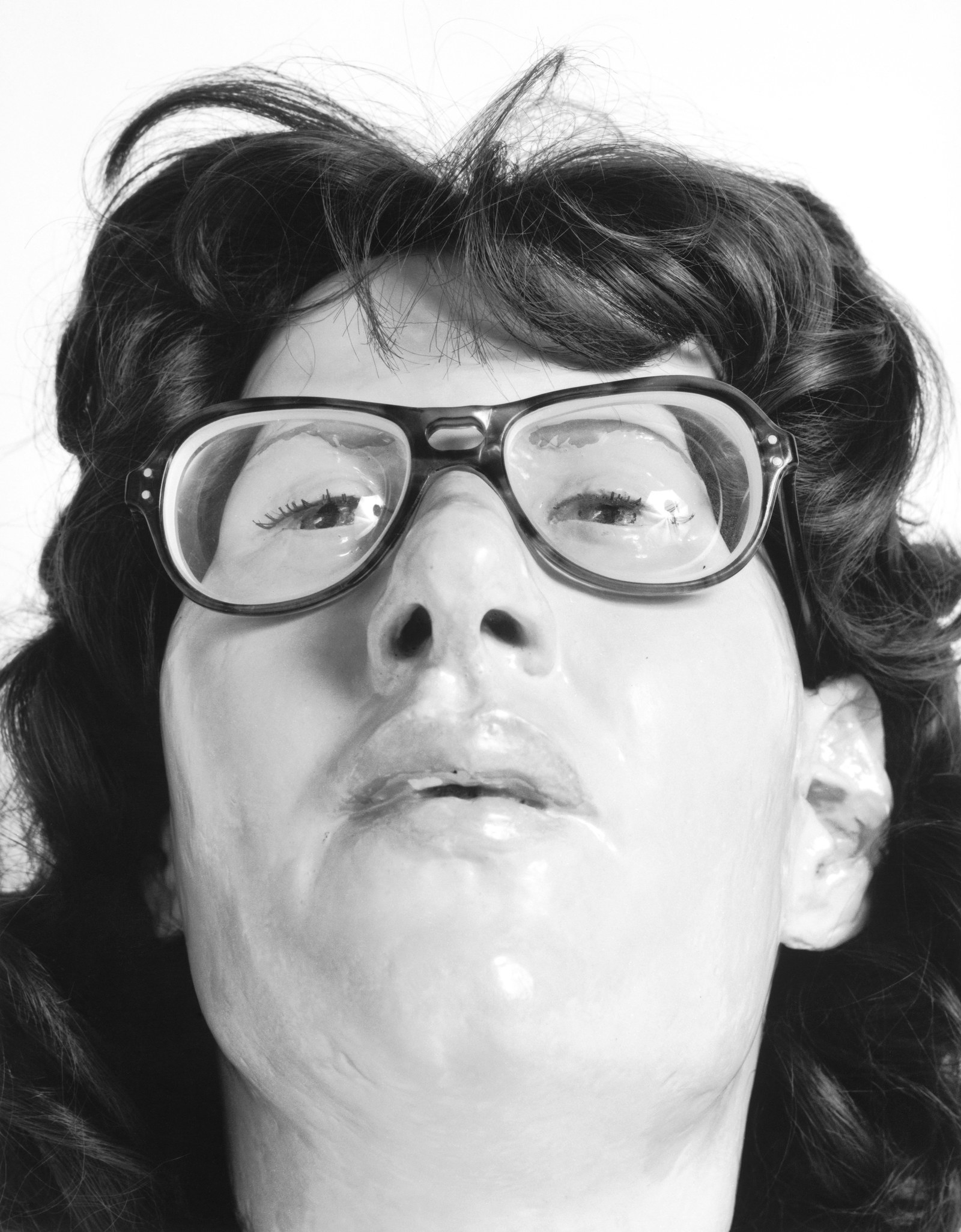
As he found more faces, this first one remained Svenson’s favourite. “She has been my guide through a world I didn't know existed. Her name was Linda Keyes.”
In an effort to identify the malnourished and abused body of a small boy discovered in a cardboard box in Pennsylvania on 25 February 1957 (a still unsolved mystery known as The Boy in the Box), reconstruction artist Frank Bender created what he thought the boy's father might have looked like at the time of the boy's disappearance. The boy and his father remain unidentified.
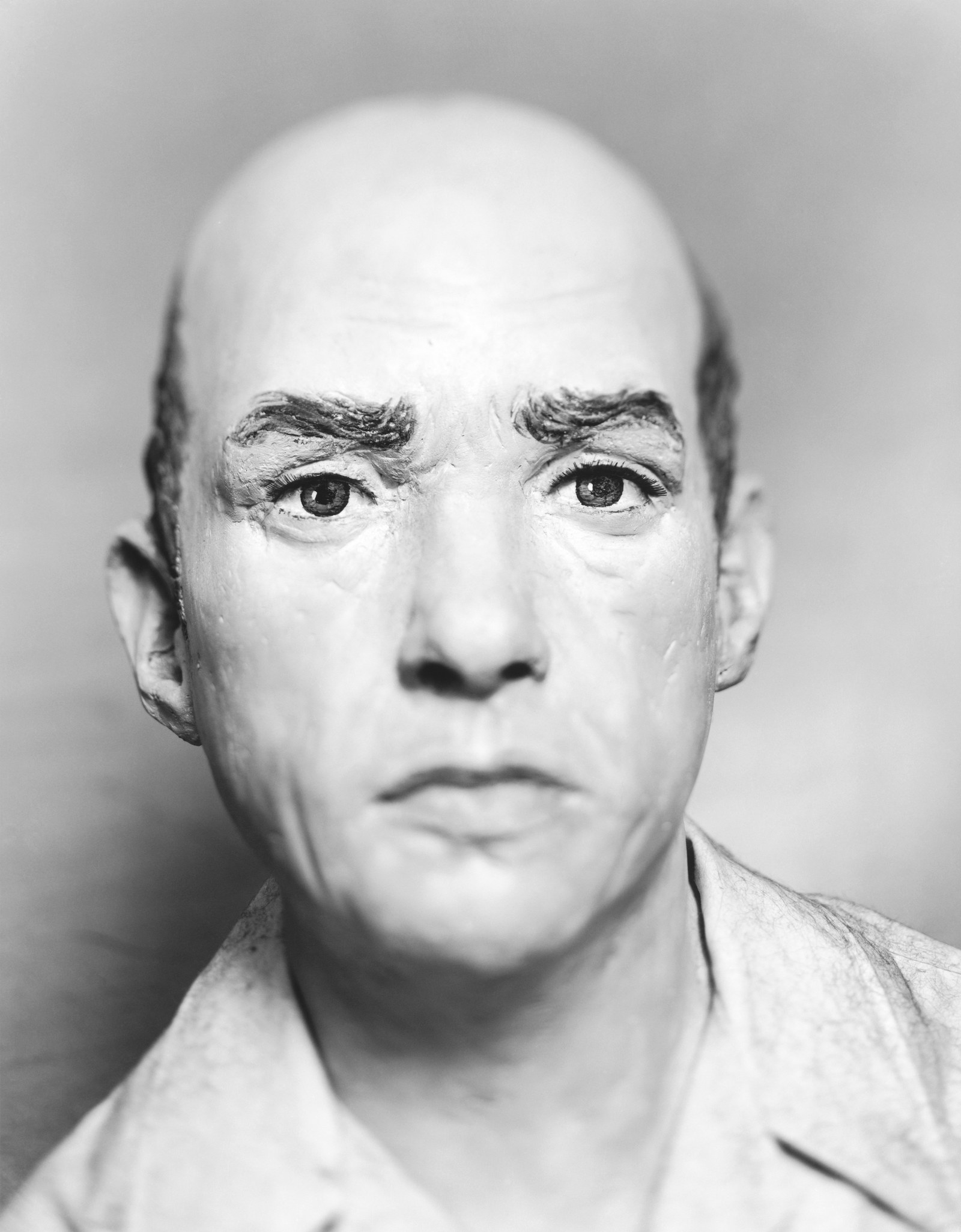
“Logistically the task of tracking down the forensic facial reconstructions was arduous and frustrating as there are not many extant examples. And when I did find some heads — mostly through websites devoted to identifying the unidentified — gaining access to them was difficult."
Identified: Tammy Vincent. Discovered fully clothed on a beach in Tiburon, California, on 26 September, 1979, the same day she died. She had been beaten, stabbed, doused with acetone, set on fire, then shot in the back of the head. Her face was burned beyond recognition. The investigation is still ongoing.

"I had to go through many levels of law enforcement officers/officials, each time explaining and justifying my project until I was finally granted the right to photograph – or, in some cases, denied the opportunity to photograph the reconstructions.”
Unidentified. Discovered on 11 September 1992, in a wooded area near railroad tracks in Atlanta, Georgia. He had two Canadian quarters in his pocket and had died five months prior to his body being found. No cause of death was determined.

“The actual photo sessions were done in police stations, morgues, or coroners’ facilities. I was shooting with a large-format view camera and couldn’t carry much equipment so often had to use existing light, which could be anything from a single light bulb to the brilliant illumination of an operating room."
Unidentified. Discovered by a man walking his dog on 24 January 1988. The skeletal remains were lying in a concrete-lined pit at the defunct Publicker Industries distillery in south Philadelphia, along with the skeleton of a six-month-old foetus. A neighbour identified the woman as Jeanette Tambe but DNA tests proved inconclusive. No one else has come forward.
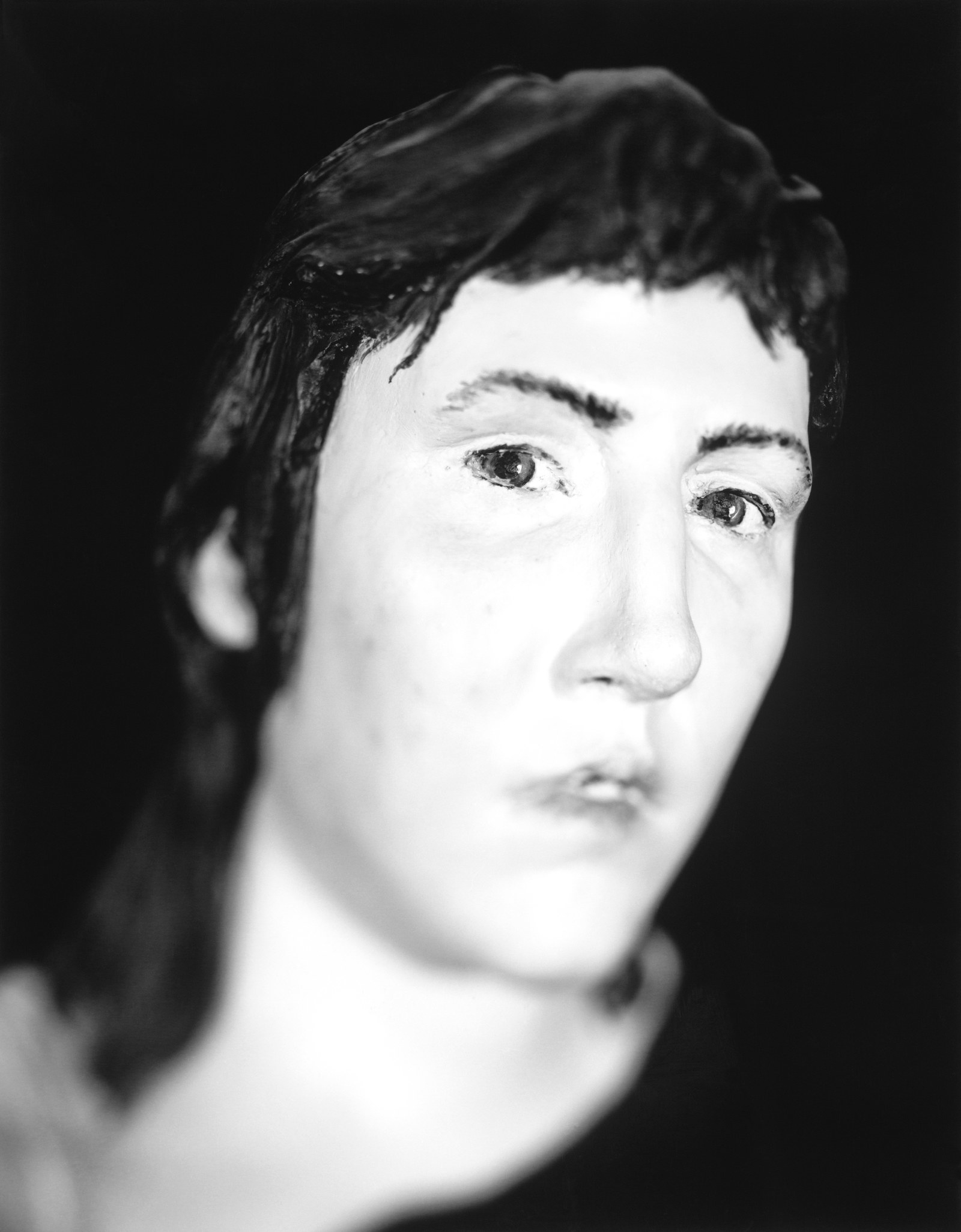
"I had to shoot quickly. When I was set up in a room that is normally reserved for the procurement of organs I was expected to vacate the room, with all my equipment, in minutes if an organ donor became available.”
Identified: Mayra Juliana Reyes Solis. On 7 November 2001, the bodies of eight women were found in a shallow grave in an inner-city lot in Chihuahua, Mexico. Since 1993, more than 450 women have been murdered in Chihuahua and the crimes have gone unsolved and unpunished. A private foundation asked Frank Bender to do six reconstructions. From his work, two have been identified.
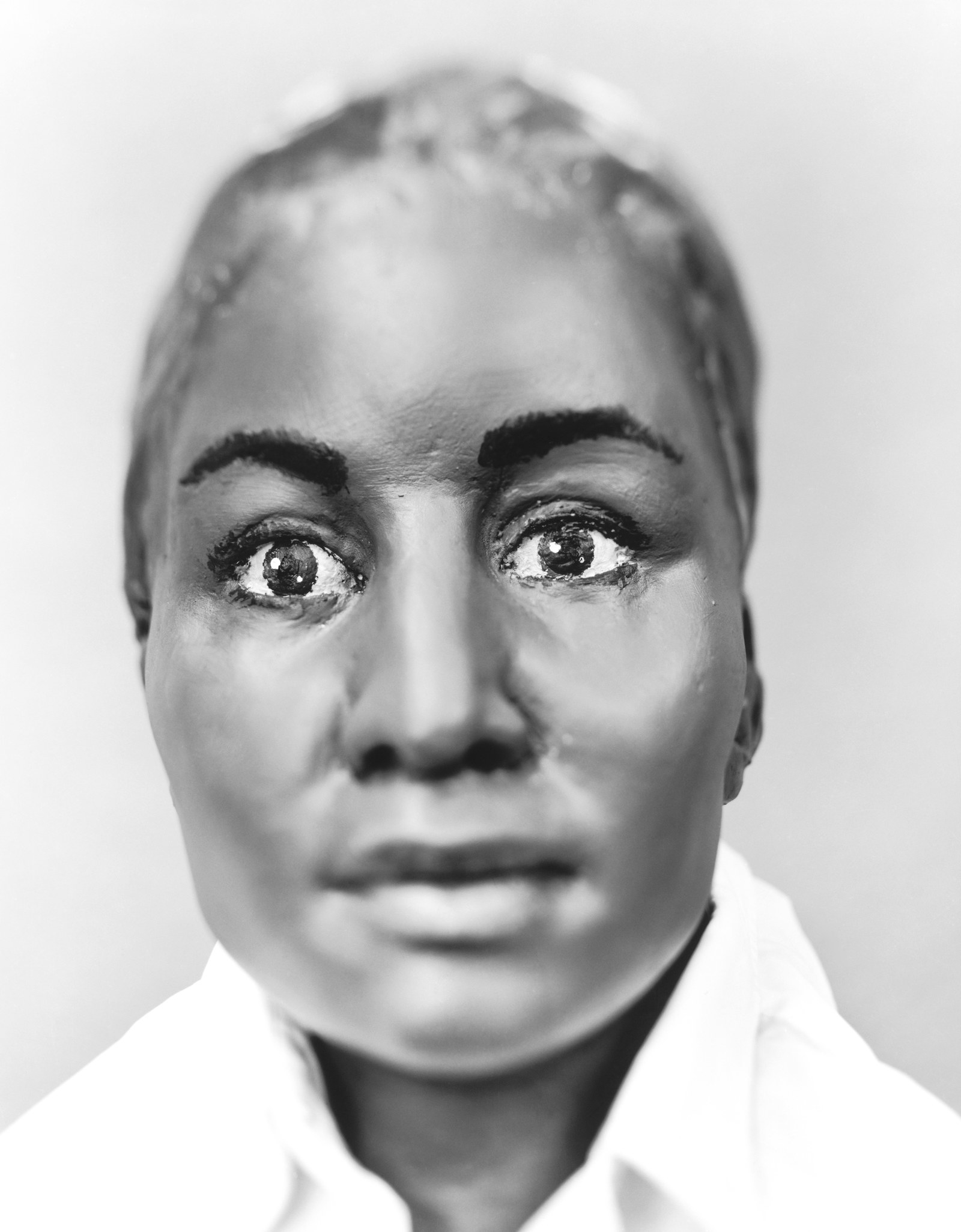
“Most of the reconstruction sculptures end at the neck, but to lead the viewer to see the reconstruction as human, I created the sense that a whole body was present outside the frame of the image."
Unidentified. Discovered on 23 February 2000, by an engineer surveying a wooded property in Fulton County, Georgia. No one knows how long he had been there. The skeletonised remains were found partially buried, wearing a tank top and a pair of Nikes, with an empty wallet in the pocket of his blue jeans. No cause of death has been determined.
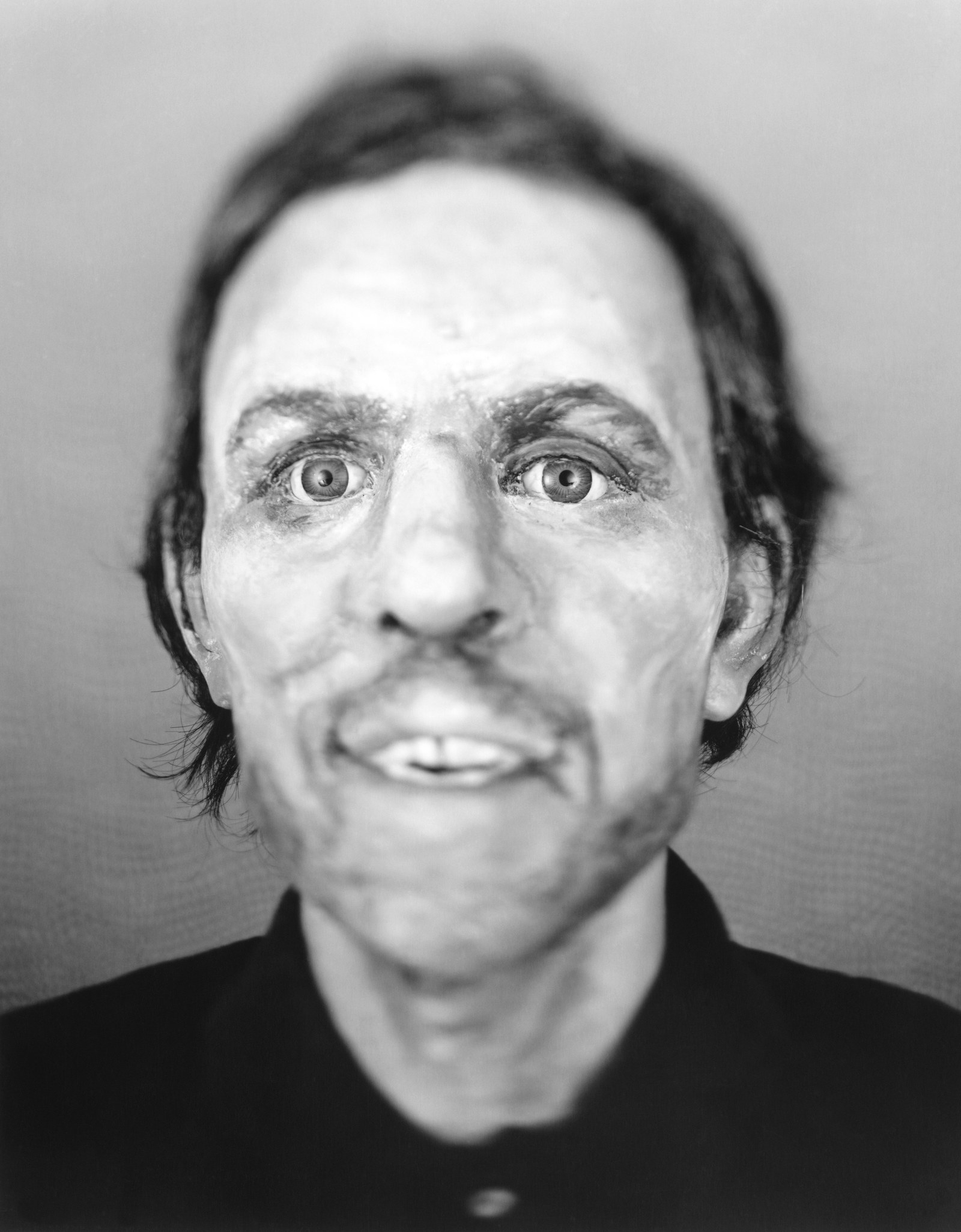
"I constructed shoulders out of what was available at the time (blocks of wood, medical supplies, a coat hanger) and put a shirt, sometimes my own, on the bust prior to photographing it.”
Identified: Jerell Willis. On 27 May 1994, the decomposed body of a 4-year-old boy was found in a vacant lot beneath the Benjamin Franklin Bridge in Philadelphia. He was naked, wrapped in sheets, and stuffed in a bag. He had died of severe blows to the head and had both old and fresh bruises from suspected beatings. In 2005 an uncle identified him from this reconstruction. In 2007 his mother was sentenced to five years in jail for helping dispose of the body. Her husband was charged with the murder of his stepson.
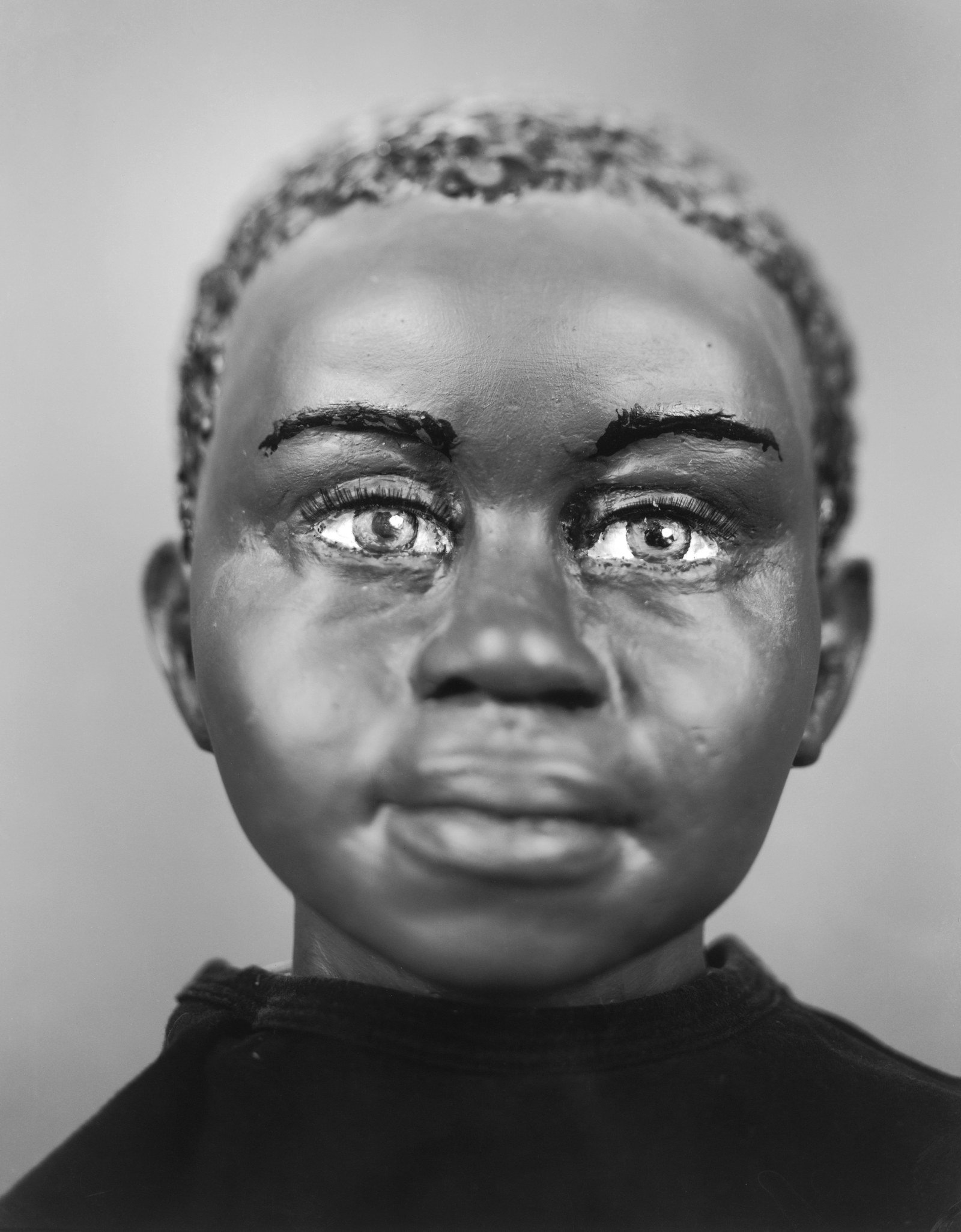
“Photographing the forensic facial reconstruction sculptures was extraordinarily challenging for a number of reasons. First and foremost was dealing with the fact that I was handling the remains of men, women, and children who had not only been murdered but whose identities had been lost as the soft tissue, the skin, muscle, eyes, etc. deteriorated."
Unidentified. Her body was found on 19 September 1979, in a sewer at 21st and Bellevue Streets in north Philadelphia. Her skull had been crushed and her body covered in lye.

"Just knowing this lent an unfamiliar gravitas to the photo sessions and also a great sadness. I also felt the weight of great responsibility, knowing that through my photos perhaps some of these nameless people could be identified, and could come home.”
Unidentified. Discovered by deer hunters on 24 October 2003, lying face-down in a wooded area six miles west of Williams, Arizona. She had a single blow to the head and had died two to three weeks prior. Despite several distinguishing characteristics (including in excess of $20,000 of dental work) she remains nameless.
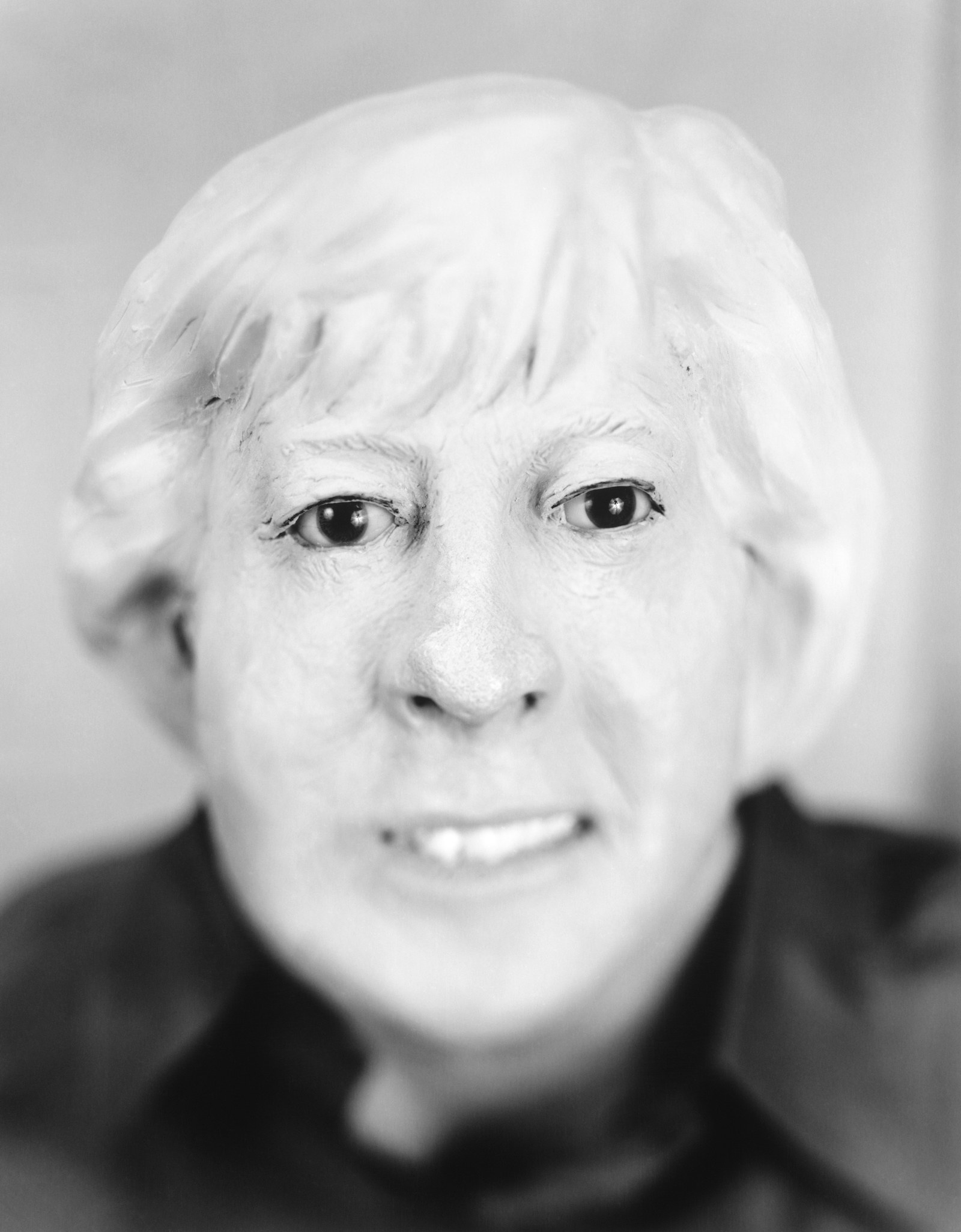
“My goal for this project has been not necessarily to transpose the reconstructions to the realm of reality, but to humanise them. The photographs are obviously images of lifeless sculptures, but my aim is to encourage the viewer to see the reconstructions as potentially human, not merely faces of clay. And, perhaps, to see in them a likeness of a lost friend or loved one, starting the trail of questions leading to the answers of ‘Who am I?’ and ‘Who killed me?’”
Unspeaking Likeness by Arne Svenson is out now through Twin Palms.
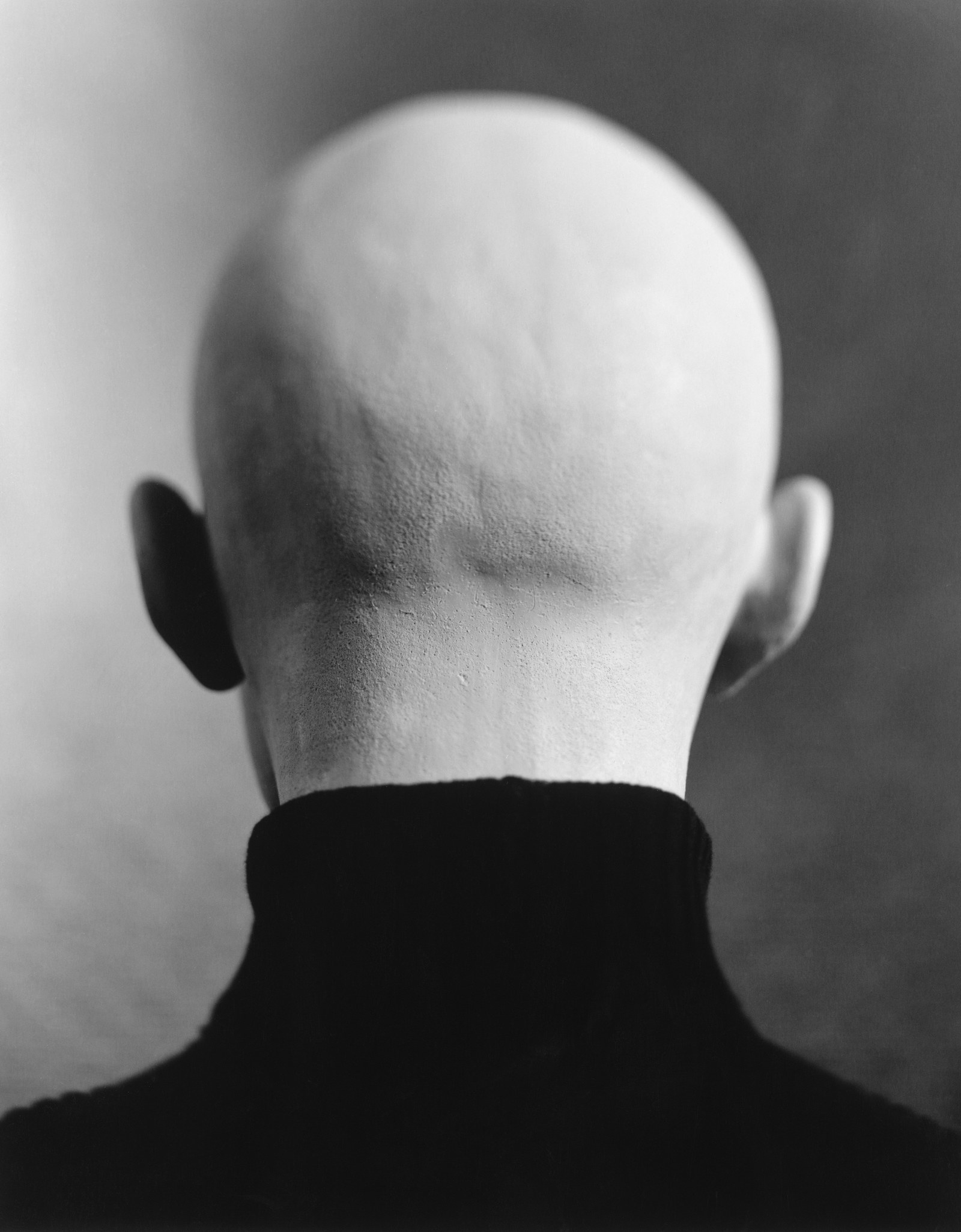
If you recognise any of the faces above, details of the sheriff's departments, medical examiner's offices, police departments and coroner's offices dealing with the open cases are included in Arne Svenson's book.
